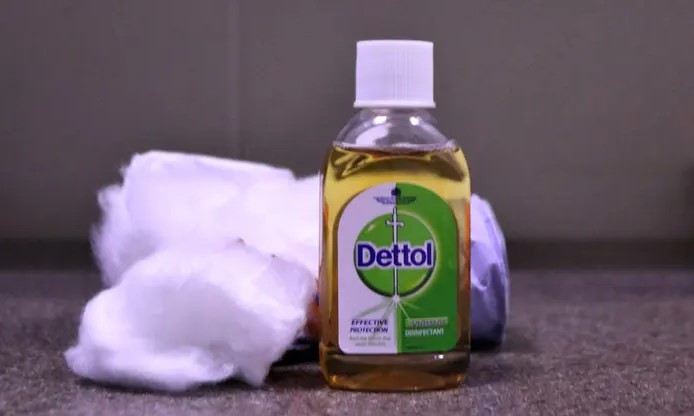Reporting series exposes the perils of Connecticut’s shift to in-home elder care


Jenna Carlesso and Dave Altimari, reporters with The Connecticut Mirror
Enabling more Americans to live their final years at home should be a win-win, giving older people the comfort of familiar surroundings while saving government programs money on costly nursing home care.
But in Connecticut, a state program to increase the number of long-term care residents on Medicaid who remain in their homes has followed a rocky path.
In a four-part series, The Connecticut Mirror revealed how the state’s rapidly growing home care industry operates with little oversight using chronically underpaid workers. Unlike standards for nursing home employees and home health aides, the state lacks a licensing process for workers employed by homemaker companion agencies, or HCAs.
Reporters Jenna Carlesso and Dave Altimari reviewed more than 75 complaints against such agencies filed with the state’s consumer protection department between 2018 and 2020 and found “at least half a dozen cases in which HCA employees were arrested for allegedly stealing from their clients, more than a dozen findings by DCP investigators of agencies that routinely mis-advertised the services they provided, and seven complaints of clients being left alone for hours at a time.”
They found a system that is difficult for consumers to navigate and hampered by housing and transportation shortages and an approval process that inadvertently steers some individuals to nursing homes. The series exposed broader challenges of a growing elderly population and disparities in care options such as a dearth of assisted living facilities in nonwhite, non affluent communities.
Here is AHCJ’s “How I did It” interview with Carlesso and Altimari. Responses have been edited for brevity and clarity.
What got you interested in covering this transition in the structure of elder care?
Carlesso: During the first year of the pandemic Dave and I both covered the devastation in nursing homes. Connecticut’s nursing homes were particularly hard hit. I think we started to wonder about how well the system was working for folks in nursing homes, and from there broadened it to the elder care system.
Altimari: When COVID hit, I was actually working at the Hartford Courant where Jenna and I first worked together. I came to the Mirror in January 2021. Jenna had a sense that there was a bigger story to do about the future of aging.
How did you decide to focus on this topic?
Carlesso: We’d cast a pretty broad net to begin with and from that found what was useful. A lot of that centered on how well prepared or not the state was for this population that has already largely increased and is set to massively increase in the next 20 years or so.
Altimari: I think we did upward of 40 interviews at the beginning, interviewing nursing home providers, nursing home people, the home companion agency stuff, which was completely uncovered really. Part of that was from a state audit that indicated there was very little oversight.
How long did the project take?
Carlesso: It was over a year. Part of that was the complexity of the project, getting our arms around the system, and to be candid, part of that was my issue. At one point when we were kind of nearing what we thought might be a publication time frame, due to an illness and then a surgery, I was out for a couple of months. By the time I got back, we were in the middle of the legislative session and had to do some regrouping.
Altimari: We had to basically go back and redo a lot of our interviews.
Had much changed?
Altimari: With nursing homes, a lot changed frankly because of stories that we did in the interim. We did a big story about one of the largest nursing home companies in Connecticut and all the problems they were having. The legislature picked up on it. All of a sudden nursing homes became a hot topic. It took us quite a while to get the thing published but when we finally did, it was actually pretty good timing.
What do you think was the biggest challenge?
Carlesso: For me, it was the sheer complexity of the system. I had done reporting, and I think David had done reporting on nursing homes, but did not realize how many different layers there were, how many different programs, different funding mechanisms.
Altimari: I think organizing is one of the biggest. Like I said, we probably interviewed well over 40 people, several multiple times.
What are your tips for reporters who want to cover problems with elder care in their states?
Carlesso: I think it’s really important not only to get the folks who are managing the system at the state level but also to get the people that are affected. It was important to get people who were having trouble navigating the system, wanting to stay in home care.
Altimari: If your state has a long-term care ombudsman like we do, she was a great resource to lead us to people within the different industries. With the story on home companion agencies, there were arrest warrants and court records that we used to buttress the story. I also think it’s important not only to talk to the people who live in some of these facilities but also nursing home owners. There are these national chains and also family- owned businesses that maybe have a different view of things.
One unusual aspect of your reporting is that shift to the home companions. Is that part of a national trend away from institutional care?
Carlesso: Every state I think is facing this challenge of, we call it right-sizing. We’ve seen the condensing of nursing homes as more people are shifting to home care. It’s certainly a topic that reporters in every state could look at. How does that affect institutions? How does that affect where the state directs its funding? And how well suited or prepared are states for this growing older adult population?
Altimari: Connecticut is an older state, and I think that we are a microcosm of what’s happening all over the country.
Are there other tips you have for sourcing, particularly with regard to that home companion piece?
Altimari: Keep an eye on stuff that’s happening in court. Sometimes there are lawsuits filed against the individual companies. If there’s a death, for example, or if there was a case where there was abuse. There are also instances where people have been arrested. A lot of times it’s a larceny charge or something like that, and if you find cases where you can get court records, you can get access to a lot more than trying to go through a state agency. I actually FOI’d the department of consumer protection for all of their investigations. It took them quite a while to give them to me, but that at least gave me some leads and that’s how I found several court cases.
It’s the same with nursing homes — –not as many because after COVID nursing homes got immunity [from civil liability], but we did find some potential cases of abuse. With Athena there were multiple lawsuits filed. There was actually a homicide investigation in one of their facilities. There were lawsuits filed by temporary employment agencies that the company didn’t pay.








